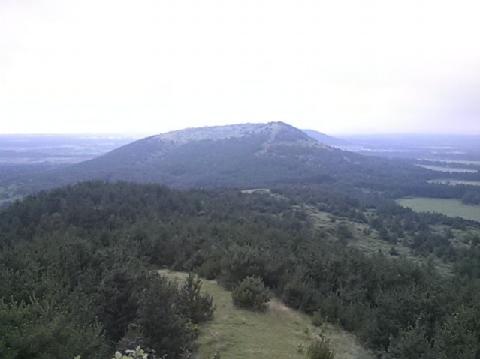본문
1
Review
4,547
Lookup
1
Share SNS


This volcanic cone has a horseshoe-shaped crater that is open to the northeast. Most of the cone is covered in grass, and cedar trees have been planted on the southern slope. The northeastern slope’s ridge is connected to ‘Keundolimi.’
As the volcanic cone resembles a pheasant flying, it is written as Bichiak or Bichisan in Chinese characters. Bichimi (Bichime, Bijjimi, Bichimi) are assumed to follow the same logic. Given its form, which looks to be lying recumbent lengthily or stretched askew at an angle, Hoengsan may refer to Bichimi Oreum Volcanic Cone.
Hoengsan is written by borrowing the Chinese characters of Bitjimi Bitchimi. In other words, ‘Bitgimi Bitjimi’ refers to a mountain that is lying down while slanted to the side. This is fitting, as the actual mountain is leaning from the southwest to the northeast.


